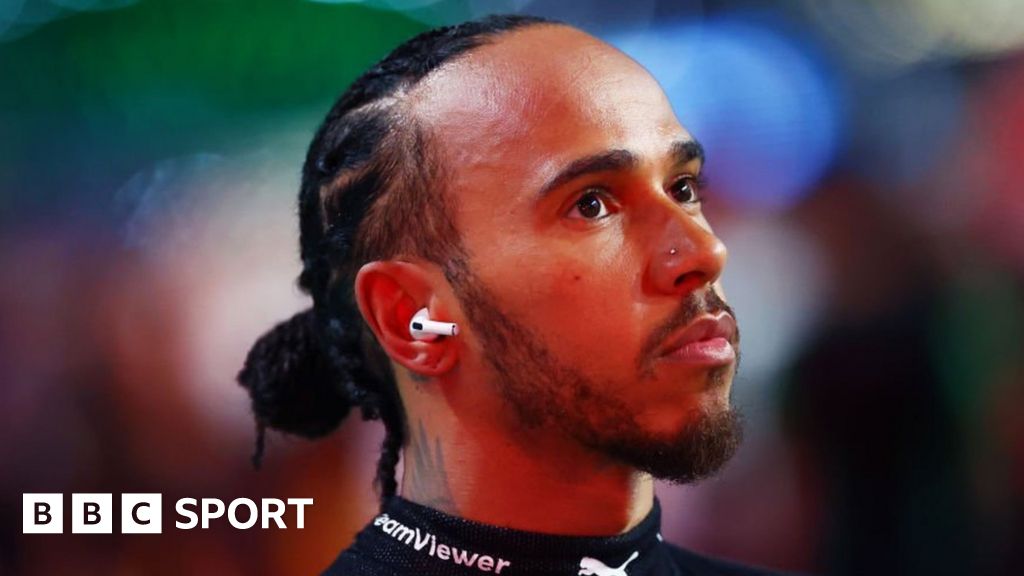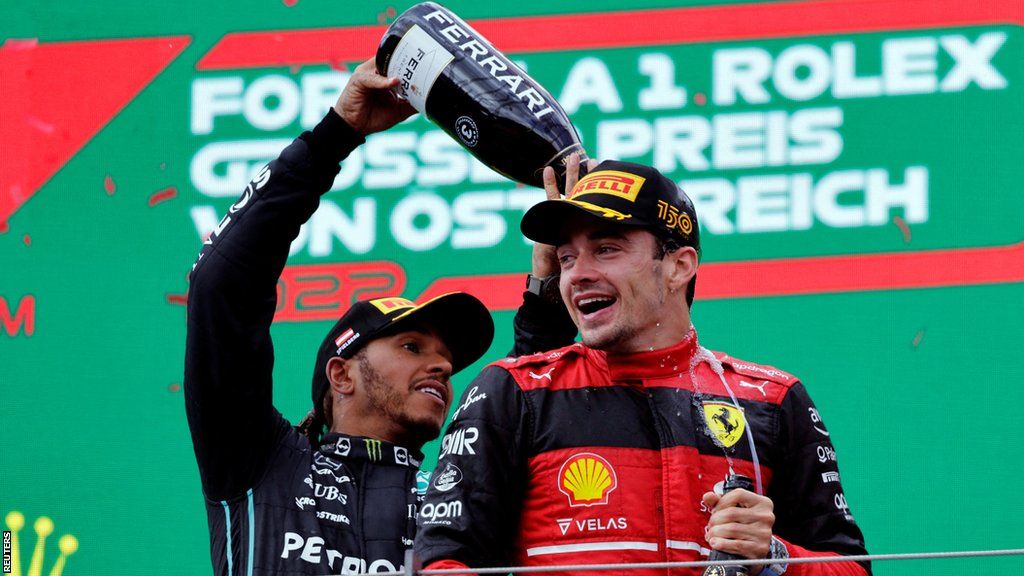
Lewis Hamilton will be 40 years old at the start of his first season with Ferrari, following his seismic decision to move to Maranello at the end of this year.
Not long ago, Hamilton was saying he could not imagine himself racing in F1 past that age. Then again, until very recently, whenever asked about his future, he would say he would be with Mercedes for the rest of his racing life.
As Hamilton himself told BBC Sport in an interview at the end of last season: “I think what you’ve got to learn is you should never say never.”
Hamilton’s move to Ferrari has happened quickly. Three weeks ago, the Italian team were in negotiations with Carlos Sainz to extend his contract to continue after this season alongside Charles Leclerc.
But then Ferrari president John Elkann was made aware Hamilton could be available – which, given the seven-time champion had only signed a new two-year Mercedes contract a few months earlier, was news to Elkann.
Talks began soon afterwards and have concluded quickly, leaving Hamilton in the undeniably tricky position of heading into the new season with the world – and his current employers – knowing his heart is now elsewhere.
Mercedes have only known about the situation for the past 36 hours or so, and staff were told on Thursday afternoon – a few hours before the official announcement was expected, and after the news had broken worldwide. They were called to a meeting with team principal Toto Wolff and technical director James Allison.
Hamilton’s decision has echoes of Fernando Alonso’s choice to join McLaren the first time. That contract was signed in late 2005, for a move in 2007 – Alonso still had a year on his Renault contract to run.
It did not seem to bother either him or his team, with Alonso winning his second consecutive title for the French outfit in 2006 before his departure.
Why has the move happened?
What has happened at Mercedes and with Hamilton to change his mind so soon after apparently committing his future to his current employers, with whom he formed the most successful partnership in F1 history from 2014-20?
The lure of the Ferrari legend will have been a part of it. Few drivers can resist when the Prancing Horse, F1’s most famous and evocative team, comes calling.
Money may be a part of the decision – doubtless Hamilton’s Ferrari retainer will be stratospheric. He had lost his status as F1’s best-paid driver following the new deal that secured Max Verstappen to Red Bull until 2027, which is said to be worth somewhere between 50m and 70m euros (£42.7m to £59.7m) a year.
Perhaps longevity, too. Hamilton’s new Mercedes deal was a compromise between the longer-term commitment he was seeking and the shorter one the team wanted to offer. In the end, it is Hamilton who has chosen to exercise his option to exit early. One imagines Ferrari have promised him more time.
But Hamilton already has far more money than he could possibly ever need, and he would command a seat in a top team for as long as he continues to deliver at the highest level and wants to stay in F1.
What he really wants is an eighth world title. He must have concluded Ferrari can help him avenge what he considers the injustice of Abu Dhabi 2021 – when he lost out following the race director’s decision not to follow the rules correctly during a late safety car period – more successfully than Mercedes.
Will Hamilton’s decision pay off?
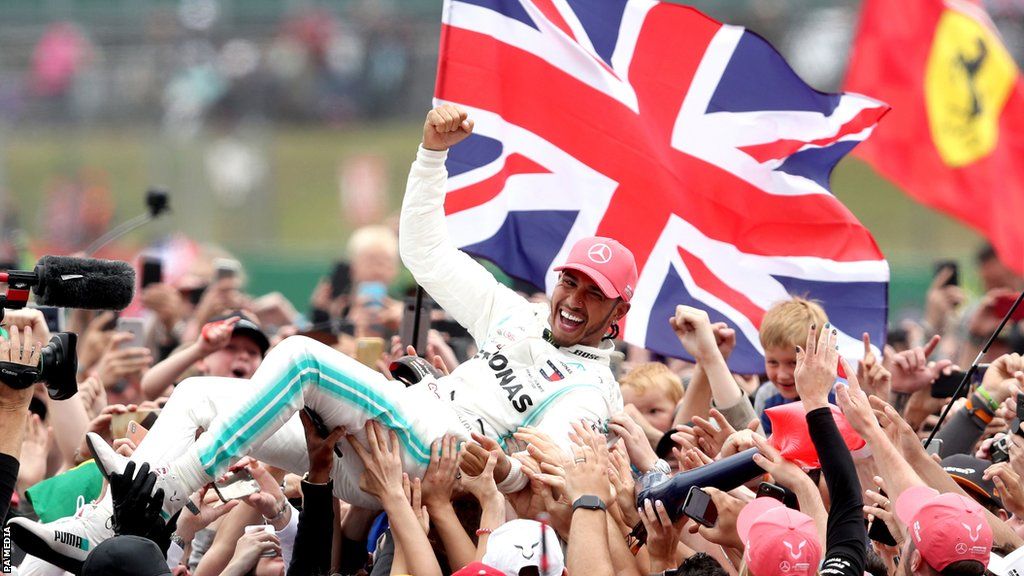
Right now, there is no way of knowing whether he is right. This is a gamble, much more so than when he moved to Mercedes from McLaren in 2013.
Then, the reasoning was that, as a works team heading into an era of new, high-tech, extremely complicated hybrid engines, Mercedes would inevitably be stronger than McLaren, a customer team.
Hamilton was proved right, and his doubters wrong; but there is less obviously compelling logic this time.
There are plenty of reasons why he should not have taken the plunge. Ferrari have not won a drivers’ title since 2007, when Kimi Raikkonen benefited from Hamilton and McLaren’s implosion at the end of a year dominated by the ‘spygate’ controversy.
Since then, Alonso has taken them closest, when he narrowly missed out in fights with Red Bull’s Sebastian Vettel in 2010 and 2012. But Alonso achieved that almost in spite of Ferrari, whose cars were less than competitive at the time.
Hamilton witnessed first-hand Ferrari’s implosions in 2017 and 2018, when they arguably had a faster car than Mercedes for much of the season but fumbled the world championship along with Vettel.
And he knows full well their difficult recent history. This includes the controversy over whether their engine was illegal in 2019, their subsequent fall from competitiveness in 2020, and their collapse again in 2022 when a promising start for Leclerc seemed to put him in a commanding position in the championship – only for Ferrari’s season to implode in a sequence of operational errors and reliability problems.
A massive coup for Ferrari
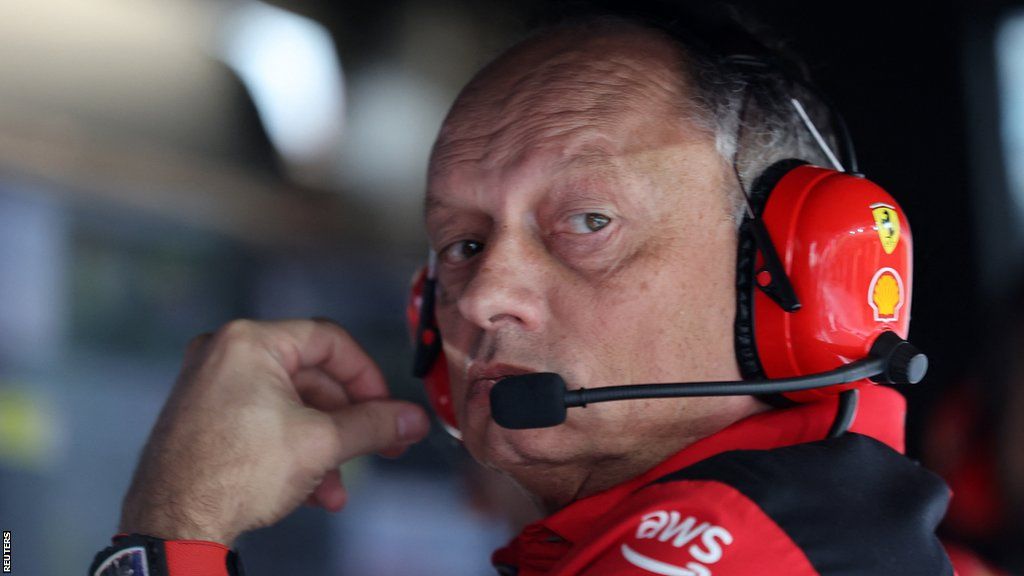
The move, therefore, is a massive coup for Ferrari and a huge vote of confidence in their new team principal Frederic Vasseur, who replaced Mattia Binotto at the start of last year charged with turning the team around.
Vasseur was brought in for his long experience as a racing manager, first in the junior categories, and since 2016 in F1, with Renault, then Sauber and now Ferrari.
Vasseur is a no-nonsense, straight-talking guy who gets motorsport – a racer, as they say in F1.
Hamilton is well aware of the Frenchman’s qualities. They worked together in GP2, what is now called Formula 2, when Hamilton won the title in 2006, before his graduation to F1 with McLaren the following year.
They have remained in contact ever since. Vasseur has a similar relationship with Leclerc, who won the GP3 title with Vasseur’s team in 2016, made his F1 debut under him at Sauber in 2018 and of course now forms a strong partnership at Ferrari.
Vasseur also happens to be a genuinely close friend of Mercedes team principal Toto Wolff, from whom Ferrari have now stolen a driver. F1 can be an incestuous world, but that does not stop this all being a bit awkward for everyone involved.
Ferrari and Mercedes spent last year engaging in a close battle for second behind dominant Red Bull in the constructors’ championship. In the end, Mercedes just pipped their rivals, but there is no doubt it was the Italian team who made the best strides through the year.
Starting the year with an uncompetitive car with vicious handling, they first calmed it down, and then improved its pace, to the extent Leclerc took pole position in three of the last five races of the year.
Ferrari were also the only team other than Red Bull to win a race in 2023, when Sainz triumphed in Singapore from pole. Leclerc would have joined him at the penultimate race of the season in Las Vegas had it not been for an unfortunately timed safety car.
What does it mean for Mercedes?
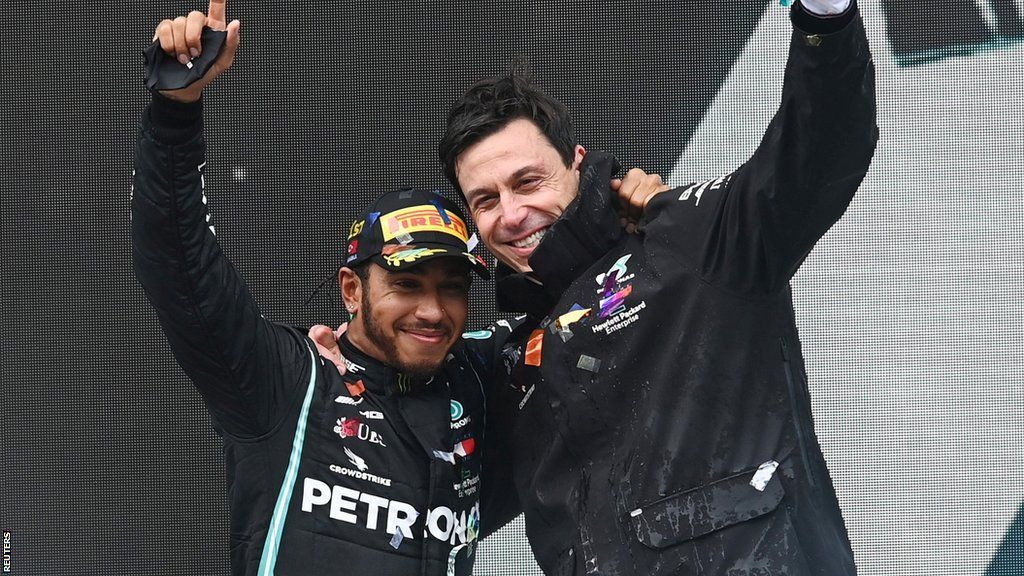
Mercedes, meanwhile, appear to enter 2024 with more question marks over them. They, too, made progress last season, but the inherent architecture of their flawed car – built to a now-discredited design philosophy – meant it was impossible to draw too many conclusions about where they are.
Have they fully understood the new rules, mastered so well by Red Bull, and will they now be able to return to competitiveness? Or are they still struggling to grasp the fundamentals of the current generation of cars and set for another season trailing in Red Bull’s wake?
Hamilton will already know something about the new Mercedes design, which has so far run only in the simulator. It may have caused him to doubt their ultimate potential.
His departure leaves Mercedes in a difficult spot. From arguably the best line-up in F1 with Hamilton and George Russell, they face having to replace statistically the greatest driver in history at short notice, when all of the established A-listers are committed elsewhere.
There is no doubt about Russell’s quality. On qualifying pace, there has been nothing to choose between him and Hamilton over their two seasons together. Hamilton outscored Russell in the championship last year, but Russell beat Hamilton in 2022.
But what do Mercedes do about a replacement?
Of the recognised best drivers in the field – Hamilton, Verstappen, Alonso, Leclerc, Russell and Lando Norris – only Alonso is not contractually committed for 2025. But it is impossible to imagine Mercedes signing him, after their difficult history when he was team-mates with Hamilton at McLaren-Mercedes in 2007.
Alonso is also 43 this summer. He is showing no signs of slowing down, but Mercedes will surely want to look to the future with their new recruit.
Ferrari will boast stellar line-up
Ferrari, meanwhile, can now claim to have the best line-up on the grid – and perhaps the strongest there has been in F1 since Hamilton and Alonso were partners 17 years ago.
Alongside the most successful driver in history, they have a man in Leclerc who is one of the stars of the new generation. Many, in fact, consider him to be the fastest driver on the grid over one qualifying lap, if still a rough diamond in races.
It is a line-up of huge strength and depth that will cause concern up and down the pit lane, even at Red Bull.
Hamilton will back himself, but Leclerc will be no pushover. Their internal battle will be as intriguing as the external one, as Hamilton and Ferrari – two of the greatest names in F1 history – join forces for the first time in a partnership as compelling as it was until recently unlikely.

-
How do I ask for a pay rise? David Yelland and Simon Lewis give you their tips on how to negotiate your salary
-
What’s life like in Hong Kong? World’s Busiest Cities looks behind the scenes of this megalopolis

